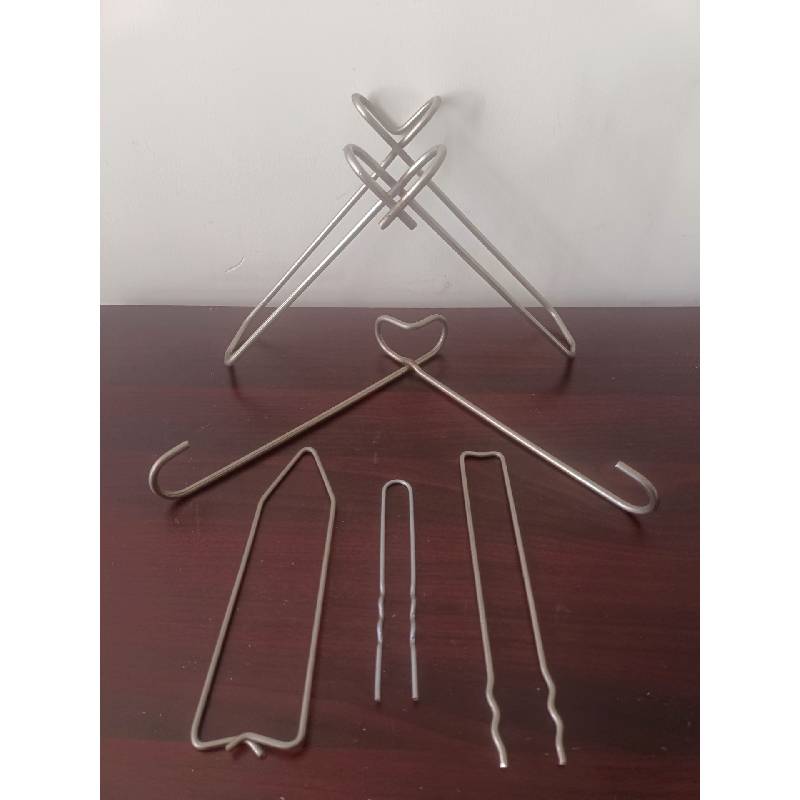
- Mobile Phone
- +8613931874955
- sales@cntcmetal.com
Current Pricing Trends for Stainless Steel Wire Mesh and Market Insights
The Price of Stainless Steel Wire Mesh An Overview
Stainless steel wire mesh has become an essential material across various industries, owing to its versatility and durability. This mesh is widely used for filtration, separation, and protection purposes in industries such as food processing, pharmaceuticals, construction, and even in home applications. Given its numerous applications, understanding the pricing dynamics of stainless steel wire mesh is crucial for both buyers and suppliers.
Factors Influencing Price
1. Material Grade The grade of stainless steel significantly impacts the price. Stainless steel is categorized into several grades such as 304, 316, and 430, each offering different properties in terms of corrosion resistance, tensile strength, and weldability. For example, 316 stainless steel, which has added molybdenum, is known for its superior corrosion resistance and is often more expensive than 304.
2. Mesh Size and Wire Diameter The specifications of the wire mesh, including the size of the openings and the thickness of the wires, also play a critical role in determining the price. Finer meshes with smaller openings generally cost more due to the increased material processing and engineering involved. Additionally, thicker wire diameters provide greater strength and support, which can drive up the price.
3. Manufacturing Process The production method used to create stainless steel wire mesh can affect costs. Mesh produced through standard weaving techniques may be priced differently than those made using advanced methods like welded mesh or electroformed mesh. Each manufacturing process has its implications for quality, strength, and durability, thereby affecting the overall cost.
4. Quantity and Order Size The volume of the order typically influences the price per unit. Bulk purchases often secure better rates due to economies of scale. Suppliers may offer discounts for larger orders, making it cost-effective for businesses that require high quantities of wire mesh.
stainless steel wire mesh price

5. Market Demand and Supply Like any other commodity, the pricing of stainless steel wire mesh is subjected to the laws of supply and demand. In periods of high demand, such as during construction booms or when specific industries ramp up production, prices may spike. Conversely, when demand is low, prices may fall, offering opportunities for buyers to secure better deals.
6. Geographic Location The location of manufacturing units and the destination of the shipment can influence pricing due to transportation costs and regional market conditions. Import tariffs and trade regulations may also impact the pricing structure of stainless steel wire mesh in different countries.
Current Market Trends
As of late 2023, the stainless steel wire mesh market is experiencing a surge in demand driven by advancements in engineering and technology, particularly in the filtration and aerospace sectors. Increasing infrastructure projects in emerging economies are further contributing to this rise. Consequently, prices have been relatively stable, with slight fluctuations due to raw material costs.
However, buyers should be aware that while cost is a crucial factor, quality should not be compromised. Investing in high-grade stainless steel wire mesh may incur higher initial costs but will offer better performance and longevity in the long run.
Conclusion
Understanding the various factors that influence the price of stainless steel wire mesh is essential for making informed purchasing decisions. By considering material grades, specifications, manufacturing processes, and market conditions, both buyers and suppliers can navigate the complexities of pricing in this vital industry. Whether for industrial or personal use, knowing these aspects can lead to better investment outcomes and satisfactory results.
share:
-
Wall Ties for Concrete: Invisible Guardians of Building Structural StabilityNewsAug.08,2025
-
Timber Frame Wall Ties: Stable Bonds for Load TransmissionNewsAug.08,2025
-
Stainless Steel Woven Wire Mesh: A versatile material from boundary protection to functional supportNewsAug.08,2025
-
Powder Coat Coil Springs: Creating peace of mind and reliability with sturdy protectionNewsAug.08,2025
-
Floor Standing Sign Holder: A Powerful Assistant for Flexible DisplayNewsAug.08,2025
-
Binding Iron Wire: An Invisible Bond for Building StabilityNewsAug.08,2025
-
Yard Sign Stakes: Reliable Guardians of Outdoor SignsNewsAug.04,2025



















